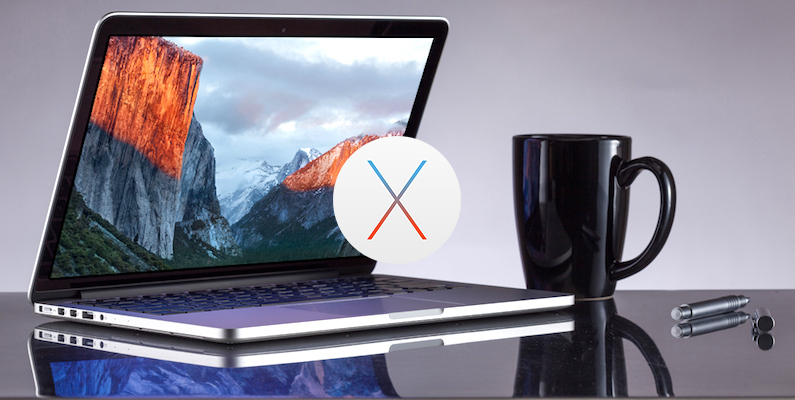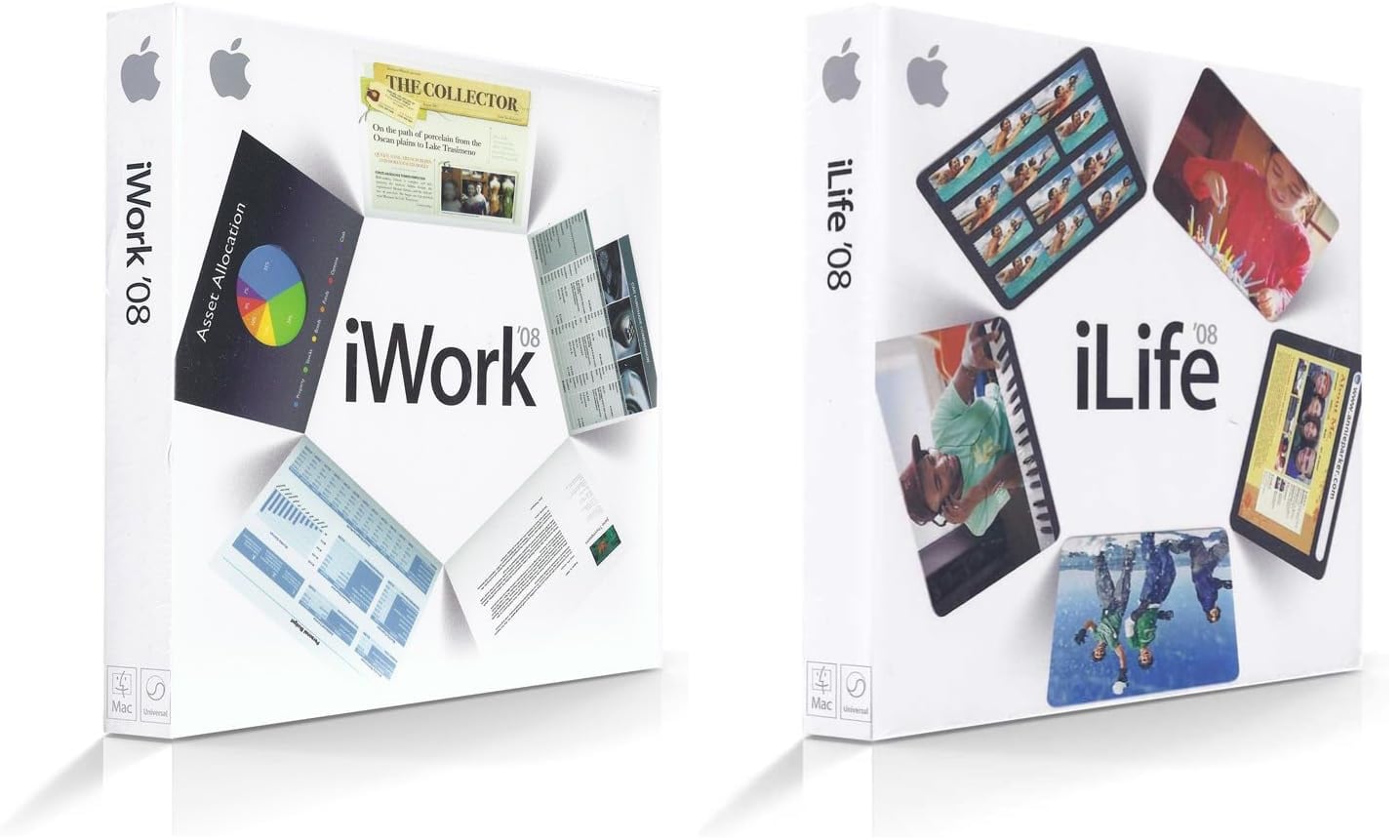iOS 26? Apple Could Shake Up Its Numbering This Year

Toggle Dark Mode
This year’s iPhone software release might get more than just a new coat of paint. In addition to the biggest design overhaul we’ve seen since 2013, Apple may skip about seven digits ahead.
According to Bloomberg’s Mark Gurman, Apple plans to adopt a new number to align all of its operating systems with their release year. While there’s a certain logic to that, it’s also going to be a huge jump.
Gurman says this won’t just be for iOS. In addition to iOS 26, we can expect iPadOS 26, tvOS 26, macOS 26, watchOS 26, and — for a really big jump — visionOS 26.
This would align the numbers for everything, which is apparently one of Apple’s goals. Currently, iOS, iPadOS, and tvOS are the only operating systems that share a common number. iPadOS forked off from iOS 13 in 2019 to become iPadOS 13, and Apple chose to start tvOS with version 9.0 to align with iOS 9 when the fourth-generation Apple TV (now the Apple TV HD) was released in 2015.

Apple could have done the same thing with watchOS and visionOS, but it chose to start those at 1.0. Meanwhile, macOS has been down an even twistier road. The first version of “OS X” released in 2001 was 10.0, but in keeping with the “X” as ten, Apple stuck with point releases even after it switched the name to “macOS Sierra” with version 10.12 in 2016. It wasn’t until 2020 that the needle moved forward with macOS 11 Big Sur. Had Apple avoided the point releases, we’d already be on macOS 21 with Sequoia, and if Apple followed the underlying Darwin kernel version, it would be macOS 24.
While the shift to “iOS 26” might take some getting used to, the alignment with years isn’t a new idea. Apple did this with its iWork and iLife suites when they were sold as boxed products in 2007 and 2010, an inspiration it likely took from Microsoft, which has been naming its Office suites by year since 1995. The first few Windows versions followed a similar naming standard, morphing into Windows ME (Millennium Edition) in 2000 before switching to Windows XP and then more traditional version numbers.

Apple’s choice to use 26 for its operating systems rather than 25 is based on its release cycle. Unlike early adopters who jump in at the first possible beta, most Apple users run their major operating system releases from September to September. This also follows the standard car companies use, so more people will likely be familiar with the idea.
Samsung made a similar move with its Galaxy S-series phones in 2020, jumping from the tenth-generation 2019 Galaxy S10 to the Galaxy S20 in 2020, which has continued to the current Galaxy S25. Samsung releases its flagship phones at the beginning of each year, so it makes more sense for the numbers to align in this way. There’s no indication yet that Apple plans to do something similar for the iPhone — this year’s model is still expected to be the iPhone 17 — but the company has surprised us before. Names are never a sure thing until Apple takes the stage and announces them in September.
[The information provided in this article has NOT been confirmed by Apple and may be speculation. Provided details may not be factual. Take all rumors, tech or otherwise, with a grain of salt.]







